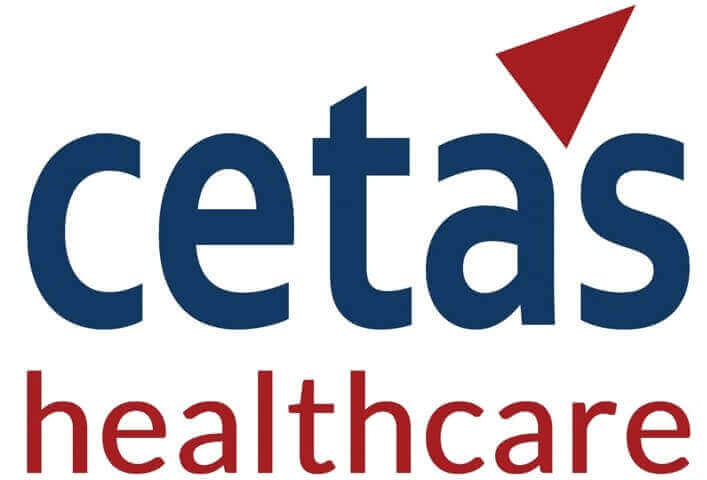X
Post-market clinical follow-up (PMCF) data plays a crucial role in ensuring the long-term safety and effectiveness of medical devices. While the Clinical Evaluation Report (CER) forms the foundation for pre-market approval, it inherently relies on limited pre-clinical and clinical trial data. PMCF data gathered from real-world use, bridges this gap by providing invaluable insights into the device’s performance in diverse patient populations and clinical settings. This article delves into the critical linkage between PMCF data and Clinical Evaluation Reports (CERs) and explores how their integration enhances the comprehensiveness of the overall clinical evaluation.
By bridging the gap between pre-market and real-world data, PMCF data plays a vital role in continuously improving the safety and effectiveness of medical devices. Integrating this data into CERs creates a more holistic and dynamic clinical evaluation, ultimately benefiting patients, clinicians, manufacturers, and regulators alike. As technology and regulatory frameworks evolve, embracing data-driven approaches like PMCF-CER integration will remain crucial for ensuring the safety and effectiveness of medical devices across the globe.


We provide the best insights for your business
